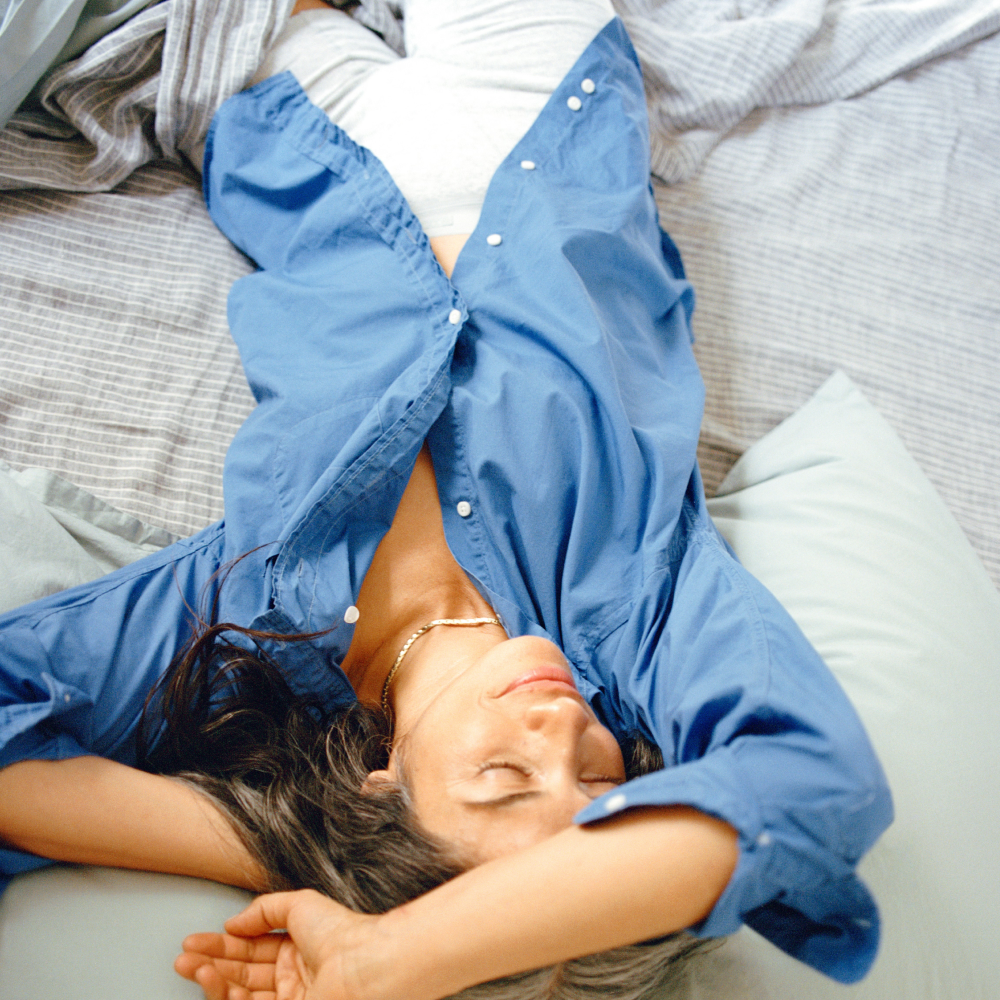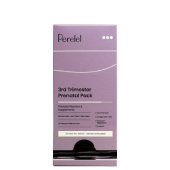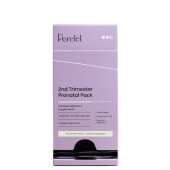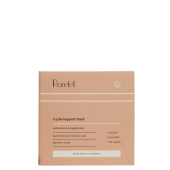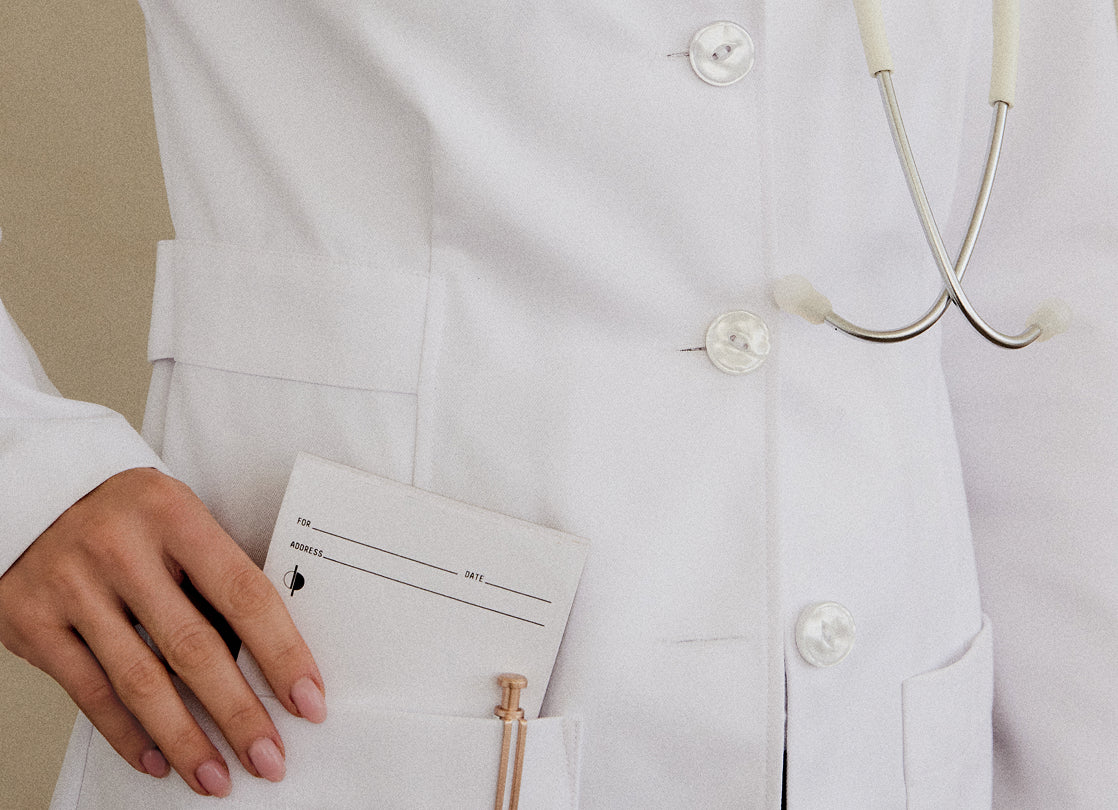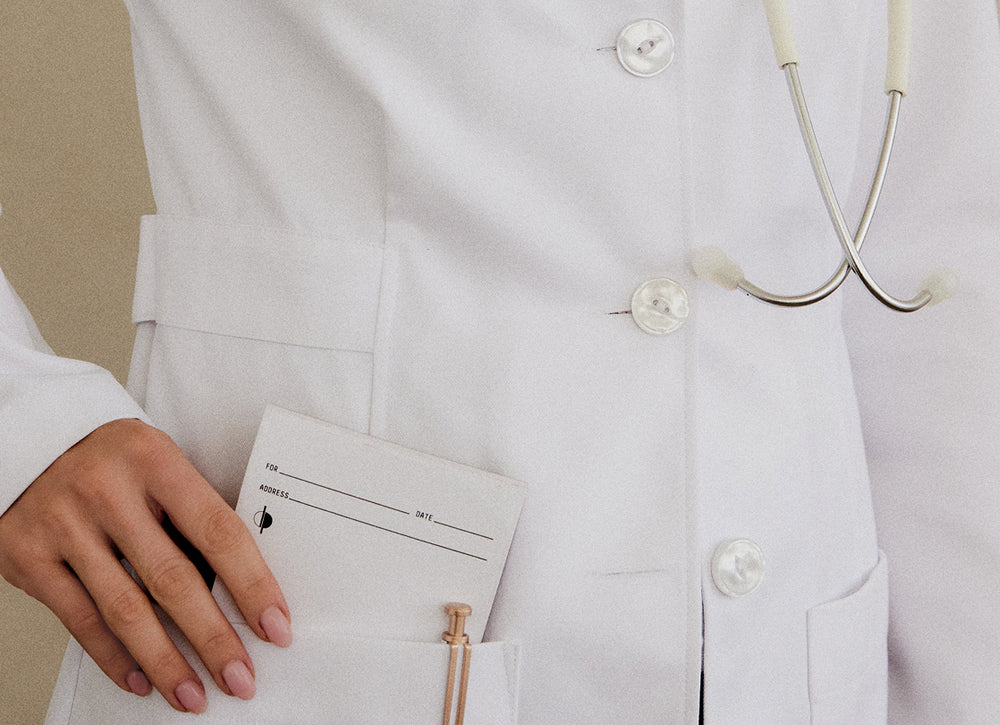If you thought cramps would end once your periods started to change, you’re not alone. Many women are surprised to find that cramping can actually continue—or even worsen—during perimenopause. As estrogen and progesterone fluctuate unevenly in this stage, your uterine lining may build or shed unpredictably, leading to what are often called “phantom period” symptoms. While uncomfortable, cramps during perimenopause are common. Still, understanding the “why” behind them matters—so you know when they’re part of the transition and when they might point to something more.
We're breaking it down here, with thoughts from Dr. Banafsheh Bayati, MD, OB/GYN, FACOG and Perelel's Medical Co-Founder.
$117.65
First 3 Mo
First 3 Months
$48.55
First 3 Mo
First 3 Months
$20.55
First 3 Mo
First 3 Months
Shop the Article:


Perimenopause Bundle


Perimenopause Support Pack
Shop Now

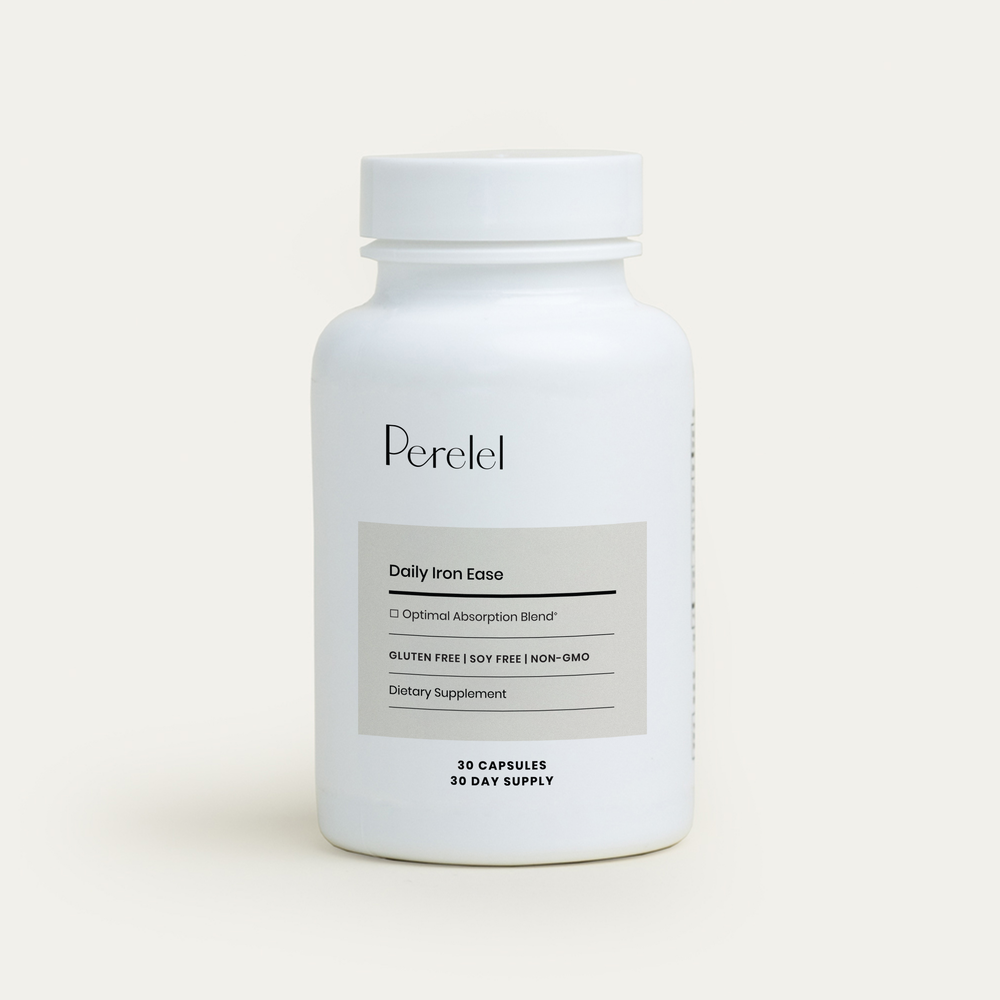
Daily Iron Ease
Shop Now
Are cramps normal during perimenopause?
Yes—cramping is common during perimenopause. As your hormones begin to fluctuate, estrogen and progesterone levels rise and fall unevenly. This can cause the uterine lining to thicken more than usual or shed irregularly, leading to cramps—even when there’s no actual bleeding. These are often called “phantom period” symptoms, and while uncomfortable, they’re typically part of the body’s natural transition.
Why do I have cramps but no period in my 40s or 50s?
Cramping without a period can be due to:
-
Anovulatory cycles (when you don’t ovulate but still have hormonal activity)
-
Estrogen dominance (leading to thickened uterine lining)
-
Perimenopausal hormone fluctuations
-
Fibroids or endometrial polyps, which are more common in this age group
If cramps become severe or disruptive, it’s important to rule out other conditions like endometriosis, adenomyosis, or uterine abnormalities.
Can you get period symptoms during perimenopause?
Absolutely. Many women report PMS-like symptoms—cramping, breast tenderness, bloating, mood swings—even when their cycle becomes irregular or periods stop altogether. This is because estrogen and progesterone still influence your brain, body, and mood, even when ovulation becomes less consistent.
What does cramping without bleeding mean during hormonal changes?
This can mean your uterus is preparing to shed its lining, but the hormonal cues aren’t strong enough to trigger actual bleeding. It may also signal that your body is struggling to regulate progesterone—a hormone that stabilizes the uterine lining. Without enough of it, your cycle can feel like it’s "starting and stopping."
How can I tell if I’m in perimenopause or just having irregular cycles?
Some signs that point toward perimenopause (rather than just a few off months) include:
-
More frequent or skipped periods
-
Heavier or lighter flow than usual
-
Night sweats or hot flashes
-
Increased anxiety or irritability
-
Vaginal dryness or sleep disruption
Blood tests for FSH (follicle-stimulating hormone) may help, but hormone levels can vary daily. Often, your symptoms—and their pattern—are the best indicator.
Cramps in perimenopause are usually a normal response to shifting hormones, but they’re not something you have to dismiss or endure silently. If cramps become severe, disruptive, or different from what you’ve experienced before, it’s important to check in with your doctor and explore options for relief.
We believe women deserve care that is clear, trusted, and rooted in the realities of every life stage. Because perimenopause isn’t the end of your story—it’s a new chapter, and you deserve to feel supported through it.


